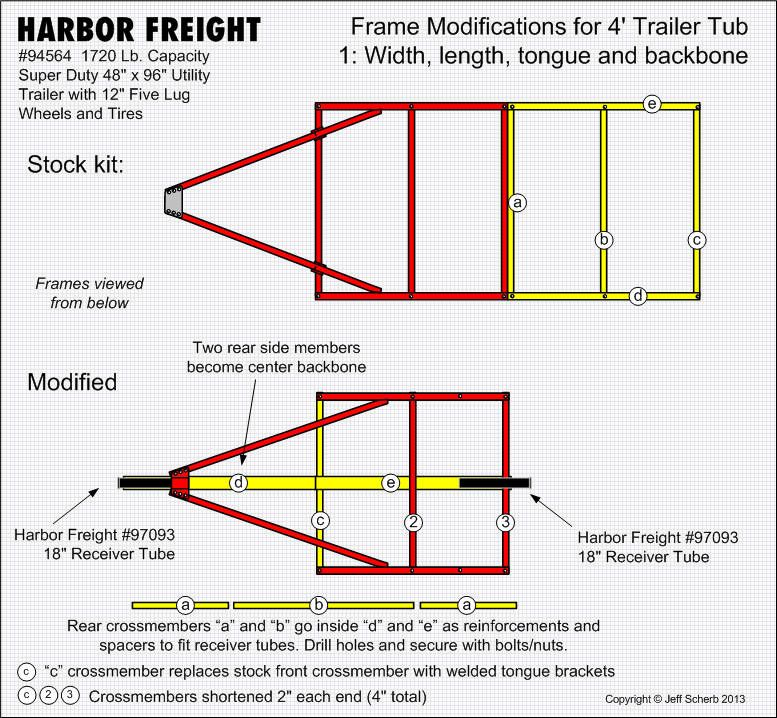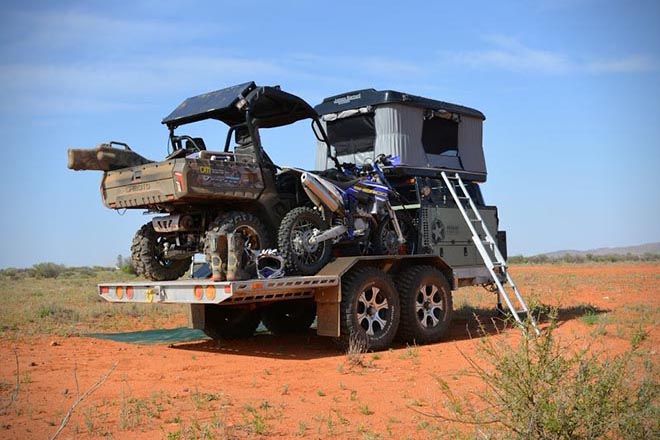All-terrain vehicles improve access to the backcountry. ATVs and side-by-sides excel at carrying people, but their restricted cargo room limits the gear we can haul in, and the meat we can pack out. To better suit my outdoor adventures and projects around my homestead, I needed more space to haul the necessary gear. It was time to build a utility trailer!
Advertisement
In the spirit of any good DIY project, salvaged materials kept my costs down. I used as much repurposed metal as possible to create my ATV trailer. When using old metal, good prep improves weld quality, so I brushed or ground off rust and old paint.
Advertisement
I rate this project as intermediate both for its required skill level and time to complete. To tackle this project, you’ll need access to a welder and a compliment of workshop tools. I chose wood planks for the decking, so a method to cut wood to length helps too. I’m not a welder by training, so there was a steep learning curve.
Nevertheless, using a MIG welder and attention to detail, I achieved ‘professional’ results.
The hardest part of the project was coming up with a design. Plan considerations included trailer purpose, bed size, ground clearance, tires, hitch, load capacity and overall trailer weight. Some of decisions were easy, based on locally available materials – type of hitch, for example. Others crystalized after much deliberation. With my trailer specs and materials in hand, it was time to start cutting.
Advertisement
I cut the metal parts with a chop saw, a bandsaw and a special thin cutting blade on an angle grinder – any of the three will work well. The three-foot by five-foot frame was built using one-and-a-half-inch square tubing, which is strong and makes a superb platform on which to mount everything else. Simple butt joints to make neat square corners simplified welding for a beginner. Using two-inch square tubing for extra strength, I welded the tongue at 26 inches, allowing ample clearance between the ATV and trailer, even during tight turns.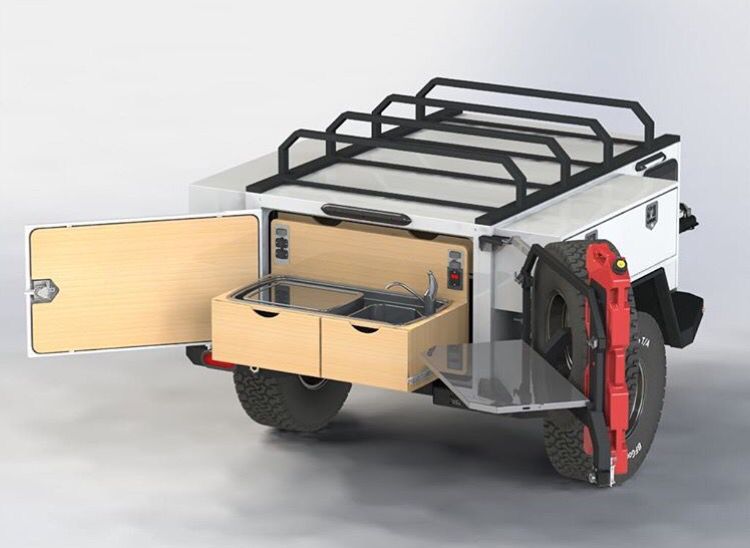 For frame strength and a place to secure the decking, I welded angle iron side to side across the trailer in strategic locations.
For frame strength and a place to secure the decking, I welded angle iron side to side across the trailer in strategic locations.
The wheel assembly is the most complicated part of this project. An online search returns several suitable ideas, from a simple straight axle with no suspension, to more complex walking axle designs. For me, design considerations included the type of tire. I opted for a standard 14-inch trailer tire and reduced the fabrication process by purchasing a pair of bolt-on equalizer torsion axles for a five-bolt rim. Swapping tire hubs to a four-bolt ATV style will accommodate off-road ATV-style floatation tires. I fabricated the axle supports using angle iron. Using the wheel assembly as a template, I marked and drilled holes to accommodate the bolts.
I used a wire wheel on an angle grinder to clean and rough up the metal surface of the trailer prior to painting. For paint, a rattle-can of spray paint for metal did the trick. To prevent slipping when wet, I plan to add a rubberized rocker guard paint on the tongue.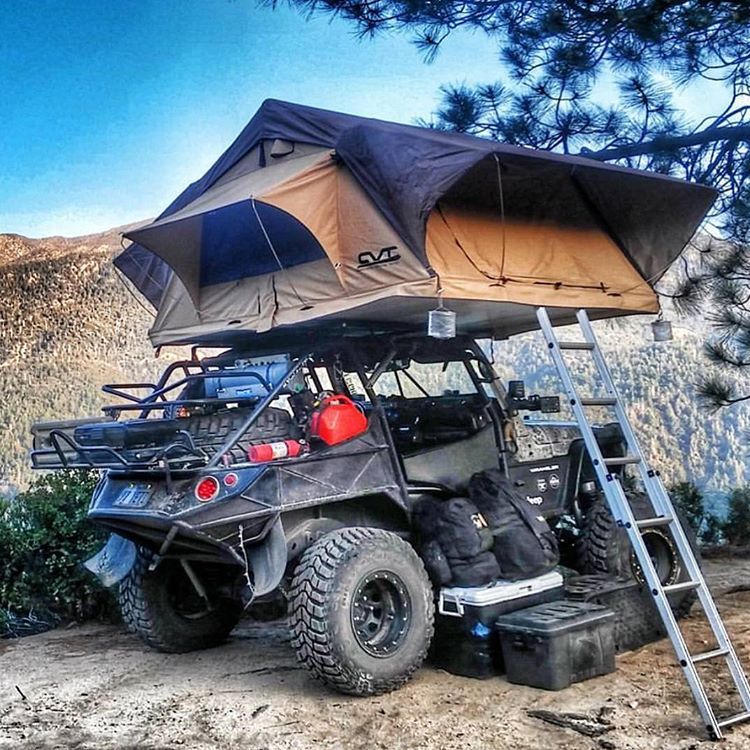
With the trailer still upside down, I bolted the axle assemblies to the frame and installed the tires. My wife and I easily lifted the trailer off the sawhorses and rotated it to sit on the ground right-side up. It wasn’t too heavy, yet!
Next was cutting the trailer decking – I used spruce 2x6s and 2x8s – securing them to the trailer using self-tapping metal screws into the angle iron supports. For longer life, I’ll paint the deck with a water seal. Treated lumber works well too, I just didn’t have any on hand at the time.
After the trailer frame and deck was built, it was time to focus on the sides. For now, I just needed a cart to haul logs and game out of the field, so I added arms that flare out from the trailer for more capacity. An alternative is quick-detach brackets and modular sides to slide in, to suit your adventure.
The last step was installing a trailer coupler. I used a standard part-store aluminum ball-hitch coupler, simply bolting the basic coupler through the tongue. I admit, I do admire the swivel hitch designs for safety considerations in rough terrain – if you misjudge your centre of gravity, your cart can tip without flipping the ATV on its side as well.
I admit, I do admire the swivel hitch designs for safety considerations in rough terrain – if you misjudge your centre of gravity, your cart can tip without flipping the ATV on its side as well.
I had a great deal of fun researching and building this project. I learned new skills and created something that makes me proud to look at and use. Plus, I now have a custom trailer that is more solid and heavy-duty than most commercially made items of this size. If I wished to get it inspected and licenced, I could use it on the road behind my truck as well.
Have fun choosing your options and building your own utility trailer!
Step 1, plans and parts: I decided on the size, shape and parts specification for the trailer I wanted to build. I scrounged used metal where I could and purchased the parts and materials I needed.
Step 2, layout: Metal parts measured and marked in preparation for cutting.
Step 3, cutting: I used a chop saw to cut most of the metal parts to length.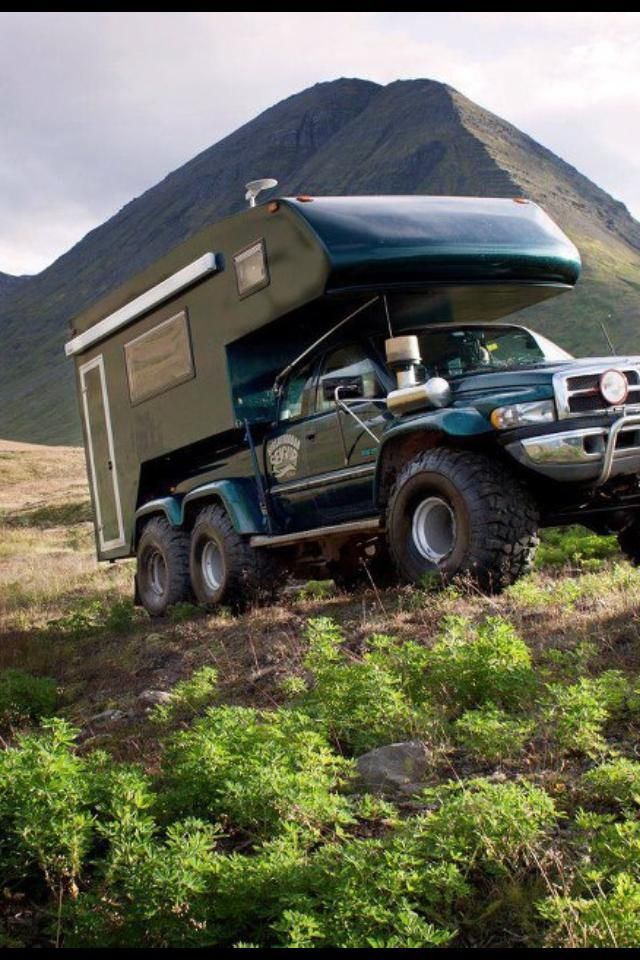 A metal cutting bandsaw is another method for cutting metal parts.
A metal cutting bandsaw is another method for cutting metal parts.
Step 4, metal preparation: Good metal preparation is crucial to good welds, especially when using recycled metal. Here, a wire brush on an angle grinder removes old paint and rust.
Step 5, welding: Magnetic clamps hold the workpiece while welding, keeping everything square. For the perfect fit, the axle assemblies were used as a spacer while the supports were tack-welded into place.
Step 6, painting: After welding the frame, the steel was painted before assembling.
Step 7A, assembly: The axel assemblies were bolted onto the frame supports, followed by tire installation.
Step 7B, assembly: The hitch coupler was bolted to the tongue to facilitate future upgrades or replacement.
Step 8, final details: Install side arms and pre-cut decking.
The final product, showing clearance, axel assembly and tires.
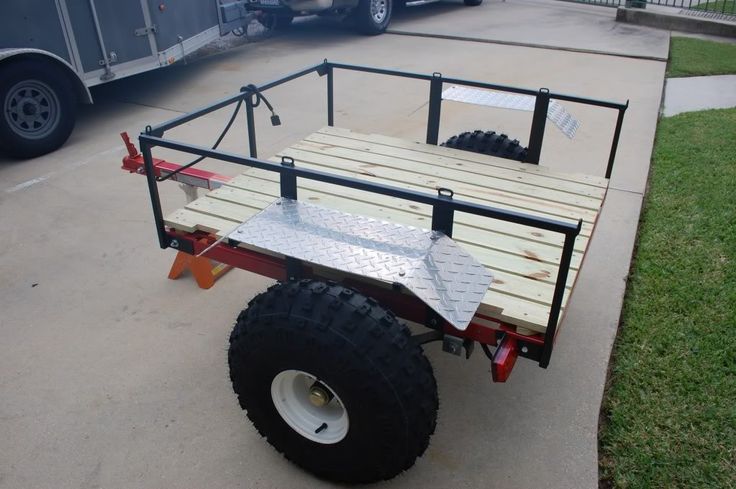
| How-To
I have to admit, I've caught the off-road trailer bug. Maybe it's because I like to camp in comfort and can never fit all of my gear. Or maybe I bring too much gear in the first place. Either way, I've been bit, and an off-road trailer build is underway.
As with any project, before starting in to this off-road trailer build I ran down a checklist of questions to make sure I'd be satisfied with the end product. First, why do I need a trailer? That's an easy one – to haul more gear to and from base camps. How big of a trailer do I need? The way I see it – why tow a trailer that doesn't fit everything you want to bring?
Be careful about building too small or too big though. The 4x8-foot size might not be for everyone but it would allow me to fit a motorcycle or quad should the need arise.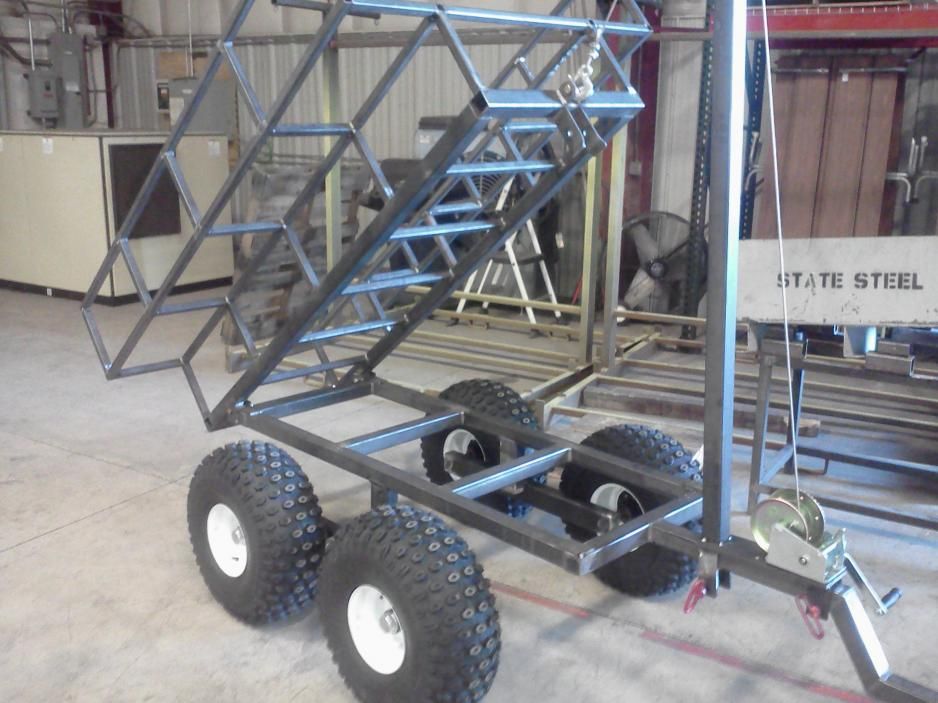 Harbor Freight offers utility trailers in a variety of sizes and capacities, including a 3x4-foot mini utility and a 4x8-foot foldable trailer. Wheel size is also important. The 4x8-foot trailer is offered with 4-lug, 8-inch or 5-lug, 12-inch wheels. Knowing I'd likely demolish the 8-inch wheels on the first trip out the 12-inch wheels were the way to go. The 12-inch wheels also provide a greater load carrying capacity.
Harbor Freight offers utility trailers in a variety of sizes and capacities, including a 3x4-foot mini utility and a 4x8-foot foldable trailer. Wheel size is also important. The 4x8-foot trailer is offered with 4-lug, 8-inch or 5-lug, 12-inch wheels. Knowing I'd likely demolish the 8-inch wheels on the first trip out the 12-inch wheels were the way to go. The 12-inch wheels also provide a greater load carrying capacity.
How will I most often use a trailer? Are difficult trails in its future or is it simply destined for mild trails and highway? For now I simply desired a park it and go 'wheeling type of trailer that would hold all the gear I'd need for a long weekend, so the Haul-Master 1,720-pound-capacity 4x8-foot unit looked like the best bet.
What gear do I plan to carry in the trailer and how will I pack it? I've rented utility trailers for weekend trips in the past and they usually end up being loaded to the gills with odd shaped items that leave empty pockets of space throughout.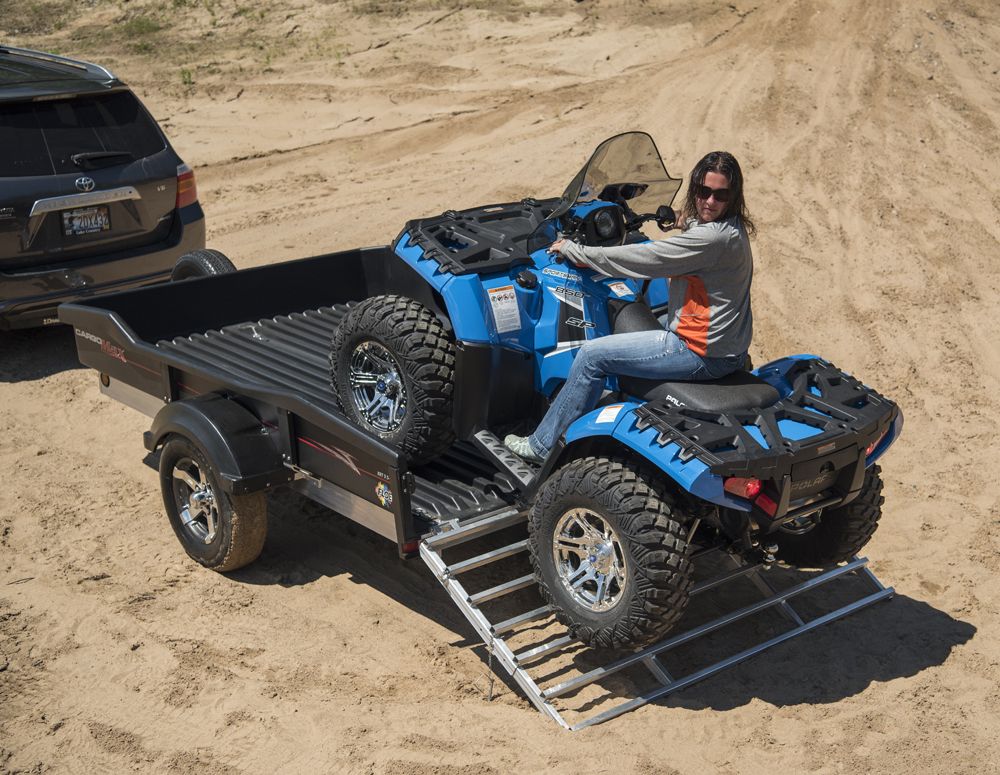 This being the case I'll invest in some heavy-duty storage crates such as the Rubbermaid ActionPacker storage bins. Swag Off-Road offers its Baja Bins, which are cool aluminum bracket setups designed to safely stow the 8- and 24-gallon ActionPacker bins pretty much anywhere, so this may be an option. As far as intended gear, camping and cooking supplies for my family and group events will be the regular load. Tools and spare parts will fill the rest of the trailer, as well as a battery-powered Jeep and quad for the kids.
This being the case I'll invest in some heavy-duty storage crates such as the Rubbermaid ActionPacker storage bins. Swag Off-Road offers its Baja Bins, which are cool aluminum bracket setups designed to safely stow the 8- and 24-gallon ActionPacker bins pretty much anywhere, so this may be an option. As far as intended gear, camping and cooking supplies for my family and group events will be the regular load. Tools and spare parts will fill the rest of the trailer, as well as a battery-powered Jeep and quad for the kids.
The trailer I decided to use as the base for this off-road trailer project is Harbor Freight's Haul-Master 1,720-pound-capacity Super Duty 48x96-inch utility trailer with 12-inch, five-lug wheels and pneumatic tires (part #94564). It's made from 2x4-inch steel C-channel, uses a 2-inch hitch ball, and is DOT-approved. The trailer also includes a 30-day, 100-percent satisfaction guarantee, which means you can return it to Harbor Freight within 30 days for a full refund or replacement.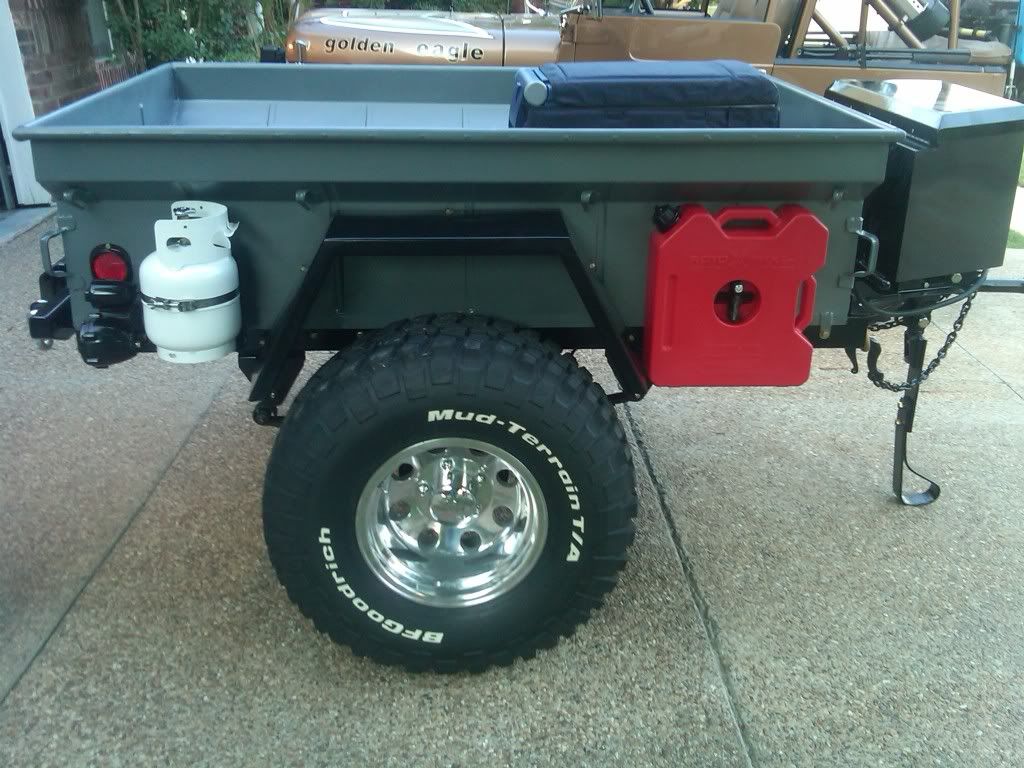
Utility trailers are usually available from most Harbor Freight stores and always available for shipping via the website. This one lists for around $500 but we've seen it on sale for much less. Plus, 20-percent off coupons are widely available in many popular magazines and Sunday newspapers, and are also available for print on the Harbor Freight website.
You'll continue to see more about this 4x8-foot Harbor Freight utility trailer as it's towed to base camps accessible by moderate dirt trails. You can also plan to see the construction of a smaller, more nimble trailer capable of tackling more extreme trails. Check back next month as I finish the base assembly and begin equipping and packing this off-road trailer for its first trip to the dirt.
It is very good to have an expedition SUV, make it appropriate tuning, off-road training, organize a sleeping place .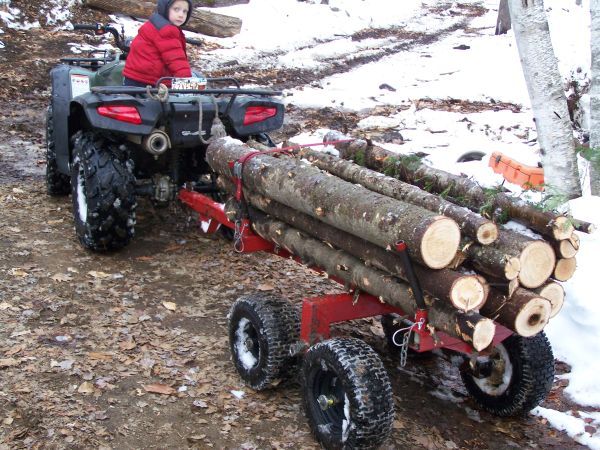 .. But despite this, it is still cramped for a long stay on a trip. Not enough comfort, not enough space for expedition luggage...
.. But despite this, it is still cramped for a long stay on a trip. Not enough comfort, not enough space for expedition luggage...
Of course, you can use a truck, but this is a very expensive option to maintain, so we do not consider it in this case...
GAZ-66 residential kung for travel
Even if you modify the SUV, make it a lifting roof, for example, or other options for increasing living space, this still does not solve the problem of living entirely.
Off-road camper based on Toyota Land Cruiser 78
So this issue is solved differently for everyone. Someone makes special expeditionary trailers, in which a shmurdyak and a supply of fuel travel, and a tent on the roof of the trailer unfolds, someone hooks a special residential camper trailer in which not only expeditionary cargo travels, but also to live comfortably and comfortably.
There are also options for special accommodation modules in the body of pickups or on the frame of a car instead of a body.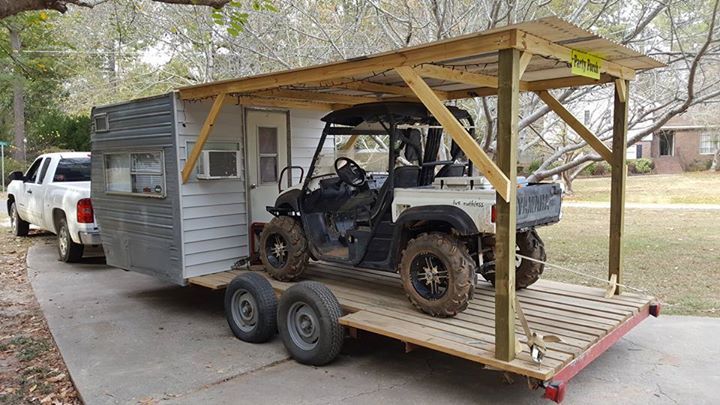 ..
..
, put the whole shmurdyak into it, organize a folding tent on the roof of the trailer.
Expedition trailer with tent
Traveling with off-road expedition trailer
Expeditionary trailer with cans of fuel
A SUP Baggage trailer with a tent of
Small expedition trailer with a layered tent of
Tourist trailer for the SUV
9000 9000 9000 9000 in our in Russia there are still excellent Soviet strong and reliable trailers UAZ-8109, which are excellent as expedition trailers with a little refinement ...
Expeditionary trailer UAZ 8109
UAZ with an expeditionary trailer
UAZ trip with an expeditionary trailer
Traveling with a trailer
9000
9000 but also a more convenient option - an off-road camper for travel.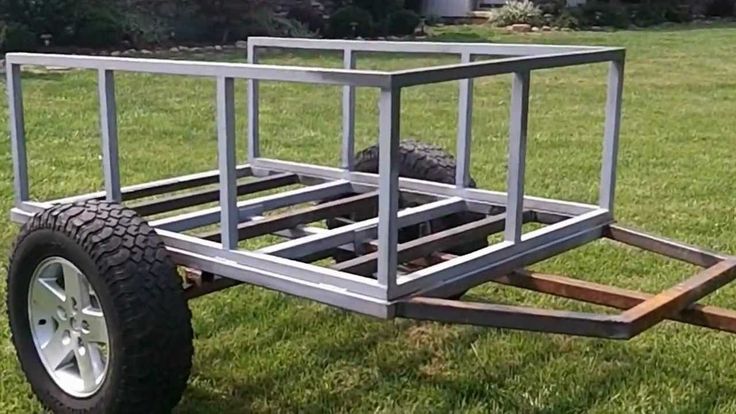 Naturally, not any camper is suitable for these purposes, but only those that have serious ground clearance, small overhangs, and a strong axle.
Naturally, not any camper is suitable for these purposes, but only those that have serious ground clearance, small overhangs, and a strong axle.
In such a camper you can comfortably accommodate for the night, it can also be equipped with additional amenities in the form of a shower cabin, a stove and furniture, an air conditioner, a refrigerator, etc.
These campers are often topped with solar panels for lighting and charging various electronic devices.
Off-road residential trailer
Camper expedition trailer
ANVIR expedition trailer for SUVs
Trailer trailer Off Road
Trailer for Offroud
Small SUV
9000
Small expedition trailer 9000 9000
SUV 9000 9000 9000 9000 9000 9000 9000 9000 9000 9000 9000 9000 9000 9000 9000 9000 9000 9000 9000
The pickup accommodation is very versatile.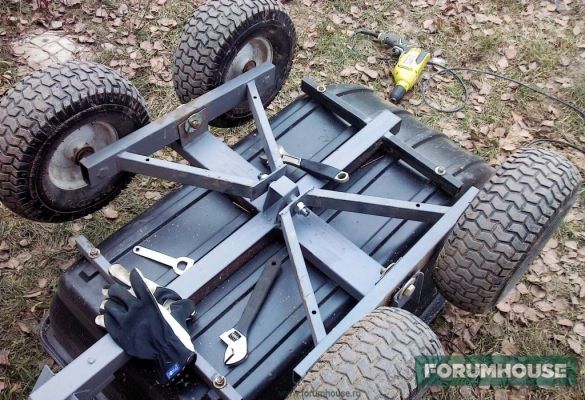 I was going on an expedition - I installed the module, I got a full-fledged camper. I arrived, removed the module - you drive a regular pickup truck.
I was going on an expedition - I installed the module, I got a full-fledged camper. I arrived, removed the module - you drive a regular pickup truck.
Residential module on UAZ Pickup
Kamper on the basis of UAZ Pikap
Residential Module Supporting Bulls in the Pikapa Body
Jeep Wrangler SUPPER CAPER
9000 9000 9000 9000 9000 9000 9000 9000 9000 9000 9000 9000 9000 9000 9000 9000 9000 9000 9000 9000 9000 9000 9000 9000 9000 9000 9000 9000 9000 9000 9000 9000 9000 9000 9000 9000 9000 9000 9000 9000 9000 9000 9000 9000 9000 9000 9000 9000 9000 9000 9000 9000 9000 9000 9000 9000 9000 9000 9000 9000 9000 9EL Another option for getting a camper from an SUV is to use a pickup truck as a blank or cut off part of the SUV's interior, put a residential module on the frame at the back. There are a lot of options...
Probably the easiest way to make an off-road camper is to put a booth in a regular trailer.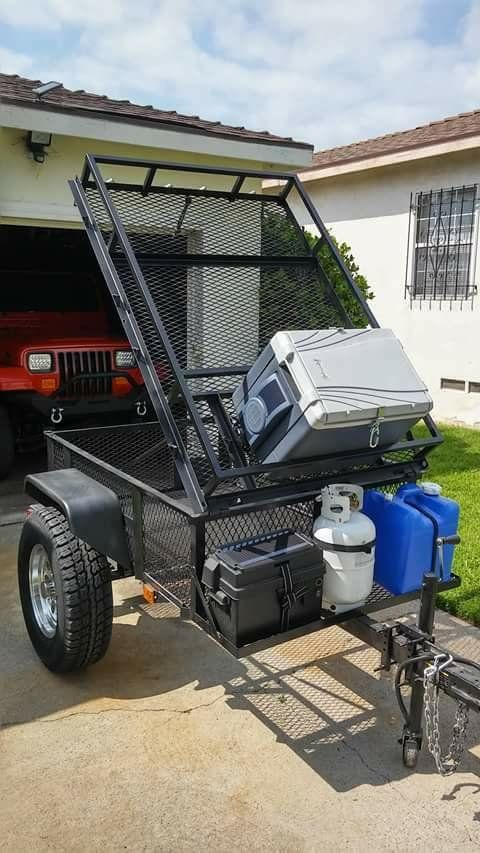 But there are many drawings and options for making home-made off-road trailers and campers, as they say, for every taste and budget ...
But there are many drawings and options for making home-made off-road trailers and campers, as they say, for every taste and budget ...
travel
Drawing trailer capper drop
drawing trailer cupper
90,000 for a towbar, category of rights, traffic rules and fines, insurance and insurance
Eduard Solodin
drives a car with a trailer
Author
profile The trailer is great for making repairs, building something or moving.
When I moved to another city, I needed to take furniture, household appliances and other bulky items with me. It was possible to order a small truck, but I decided to do everything myself and transport things on a trailer. Before that, I had no experience of driving with a trailer, and the car did not even have a tow bar. I studied the theory and drove more than 3,000 km with a trailer. It turned out that everything is not as simple as it seems.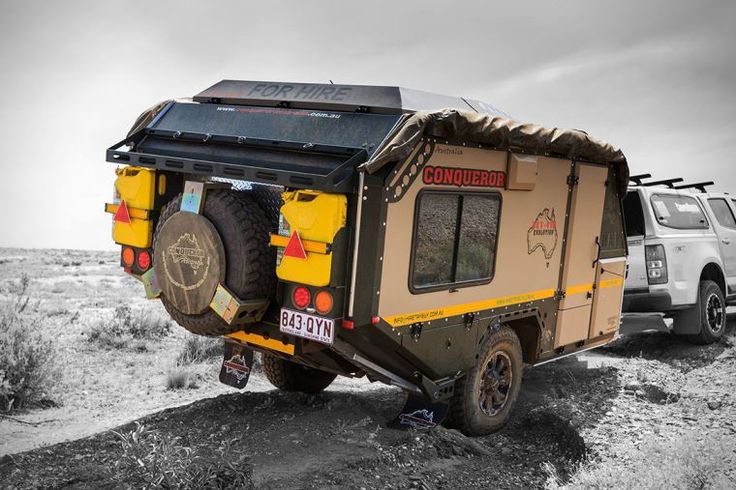
I will tell you how to equip a passenger car with a towbar, what documents you need to carry with you, how to properly distribute the load and what are the features in driving a car with a trailer. In addition, let me remind you of the rules for transporting a trailer and penalties for those who violate them.
A trailer is a vehicle without an engine that can carry goods. Trailers are popular with summer residents during the harvest, they are used when moving, building and repairing. You can load bulky items into the trailer that do not fit in the interior and trunk of the car, and not worry that they will damage the plastic trim or seat upholstery.
In addition, a trailer can be a whole house on wheels, which you can bring anywhere and live in it. ATVs and motor boats are also carried on trailers. This is an opportunity to transport almost everything you need in a personal car at any time without outside help.
/avtodom/
How much does it cost to maintain a motorhome
You don’t have to buy a trailer, you can rent it to the car frame at the back.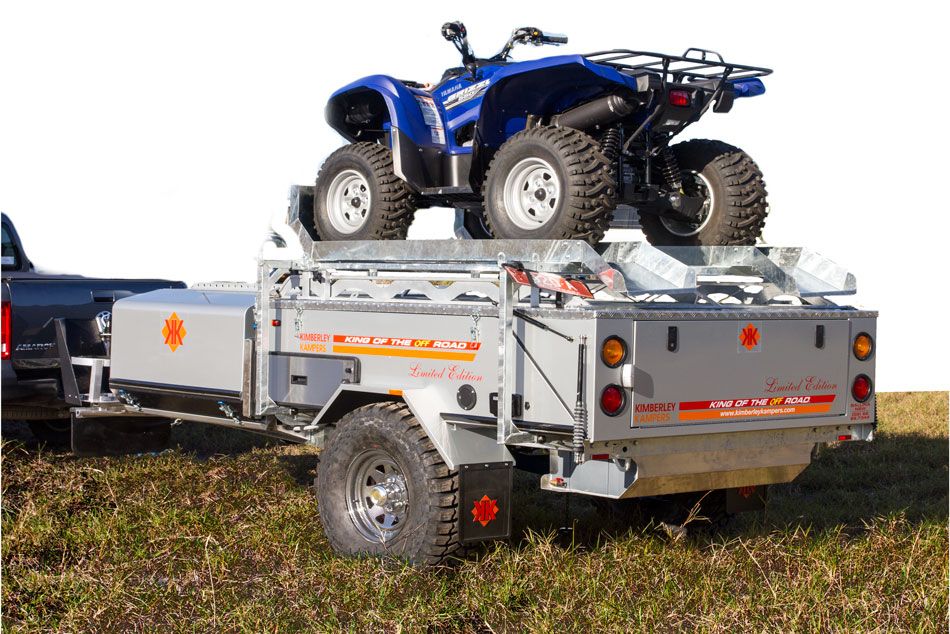 Officially, it is called a towing device, hitch. A towbar, unlike a trailer, is not a universal device: it must be selected for a specific car model.
Officially, it is called a towing device, hitch. A towbar, unlike a trailer, is not a universal device: it must be selected for a specific car model.
Tow bar may be standard from the factory. If not, you can buy the original one as an accessory. For some cars, you have to look for a non-original towbar - before buying, make sure that it has a certificate of conformity. Sometimes, when installing a non-original hitch, you have to file the bumper.
It is convenient if the towbar immediately comes with an electrical kit: socket and wiring. They are needed so that the brake lights and turn signals light up on the trailer - this is a prerequisite. But if there is no standard kit, then the electrical part can be purchased separately. It is universal and is not tied to a car or towbar model. If you have an expensive car, it makes no sense to overpay for a kit that, according to legend, was made just for her. Look at the original for some common and low-maintenance model.
/prava/supercar/
Rights if you buy a car
Sometimes an additional matching unit is needed - a set of relays, without which the on-board network of a car with a new towbar may not work correctly.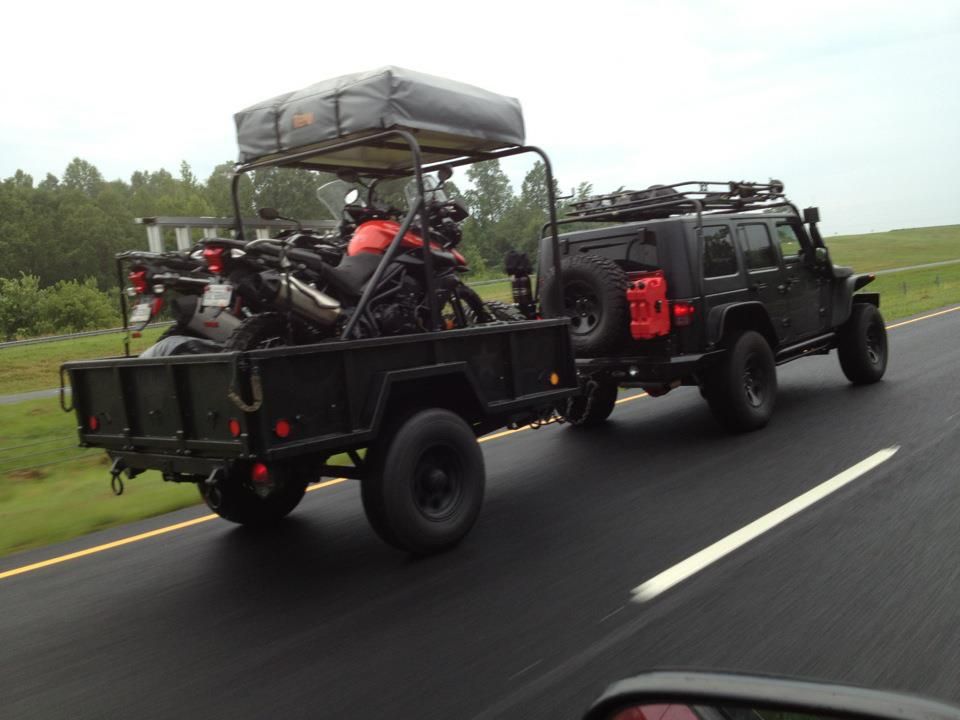 Here are examples of troubles:
Here are examples of troubles:
I have a Hyundai Creta, and the first thing I did was go to Drive-2 to look for records of people who had already installed a hitch. So I found out that I don’t need a matching unit, because I have a complete set with ordinary halogen lights - everything will work correctly anyway. If they were LED, I would have to buy. The coordination unit costs about 2000 R.
How to install a towbar. In my case, it is enough to fasten it with connecting bolts to the regular holes on the rear spars. The bumper does not need to be removed or cut.
The most difficult part is the electrics.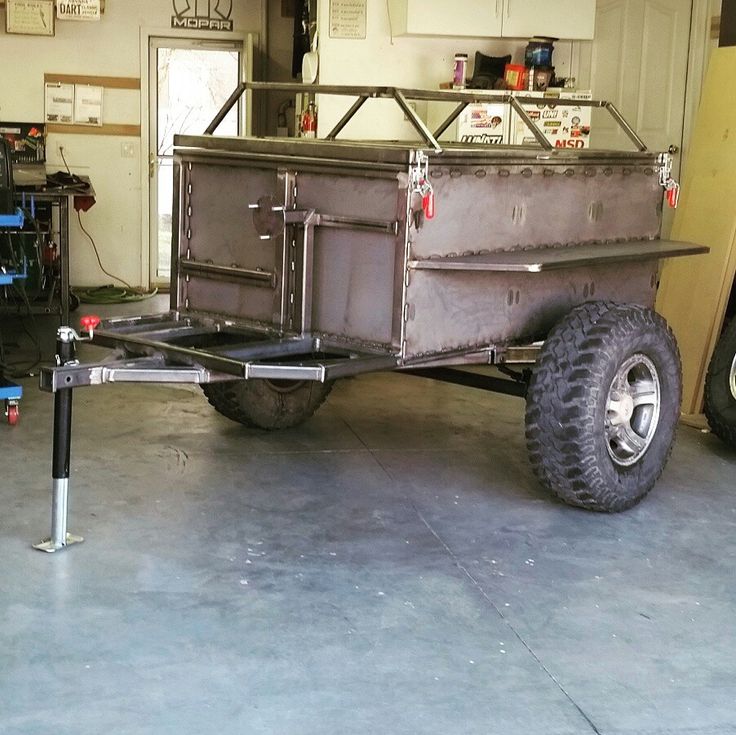 To connect the device, you need to remove the trunk trim and gain access to the car's wiring. I don’t understand this at all, so I decided to trust a specialist. He measured the voltage and confirmed that in my case, the matching block was not needed.
To connect the device, you need to remove the trunk trim and gain access to the car's wiring. I don’t understand this at all, so I decided to trust a specialist. He measured the voltage and confirmed that in my case, the matching block was not needed.
I drove around and called about ten car services before I found the right one. For some reason, the first service refuted information from the Internet about the matching unit: allegedly, for LED lamps, the matching unit is not needed, but for ordinary lamps it is mandatory. In the second, they agreed to the installation only if the towbar was purchased from them. In the third, they said that on my Crete it is necessary to cut the bumper, even if the towbar is certified. Another service responded that a trailer was needed and nothing could be done without it.
The price of work varied in the range of 4000-8000 R. My butt was set for 1,500 r, and the electric part was connected for 2500 r.
4000 R
I paid for the installation of a rutume and its connection to the car wiring
make sure that the car service is certified for the installation of towbars and can put a mark in the service book.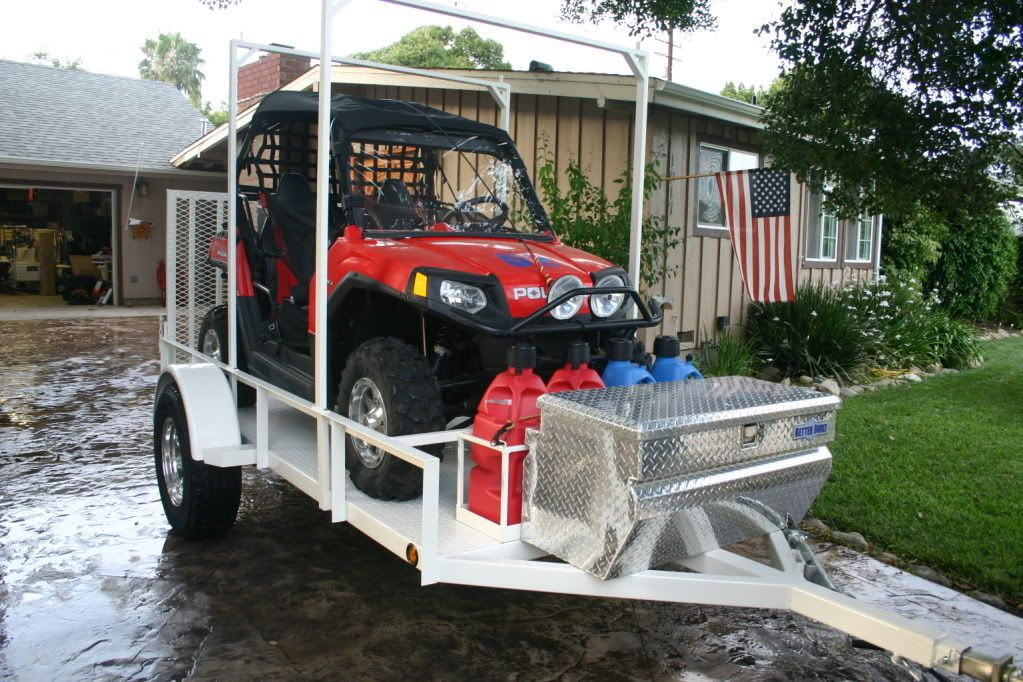 This will avoid problems with the guarantee for the car and with the traffic police, when the car will have to be sold and registered with another person. The installation of a towbar does not need to be registered with the traffic police, but the inspector may ask to show a certificate of conformity for a non-original towbar and a mark in the service book.
This will avoid problems with the guarantee for the car and with the traffic police, when the car will have to be sold and registered with another person. The installation of a towbar does not need to be registered with the traffic police, but the inspector may ask to show a certificate of conformity for a non-original towbar and a mark in the service book.
At the front of the trailer there is a drawbar - a triangular welded structure that is attached to the tow bar.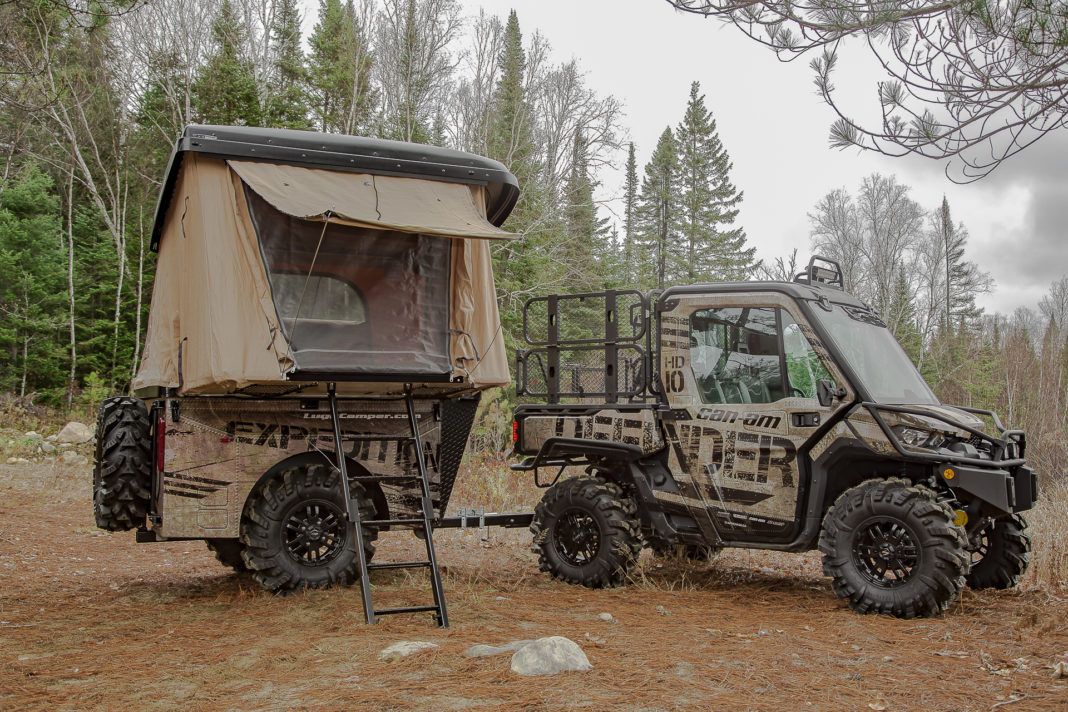 Some trailer models have a support wheel on the drawbar. It lowers and rises with the help of a handle and makes it easier to dock the trailer with the hitch. At the end of the drawbar there is a hitch. Usually this is a “cup”, which is put on the towbar ball and fixed with a lever.
Some trailer models have a support wheel on the drawbar. It lowers and rises with the help of a handle and makes it easier to dock the trailer with the hitch. At the end of the drawbar there is a hitch. Usually this is a “cup”, which is put on the towbar ball and fixed with a lever.
Flatbed trailers are needed for the transportation of goods and small equipment. They have a square or rectangular floor with low sides. This is the most common option.
/kater-perm/
How much does it cost to keep a boat in Perm? They do not have sides, and the frame is equipped with skids or rollers along which the watercraft moves. To make it easier to load and unload a boat trailer, use a winch.
Trailers are also divided into light and heavy trailers. Trailers are considered light if their maximum permitted weight is not more than 750 kilograms.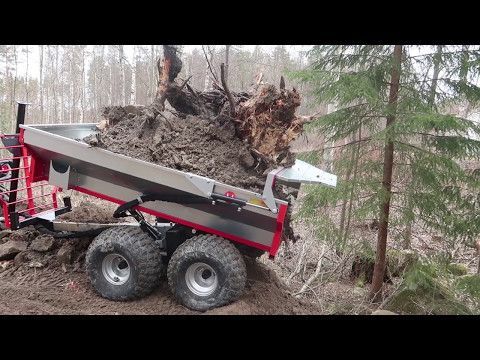 It includes the weight of the trailer itself - the curb weight - and the weight of the load. Such a trailer does not have separate brakes: the tractor to which it is attached slows down and stops.
It includes the weight of the trailer itself - the curb weight - and the weight of the load. Such a trailer does not have separate brakes: the tractor to which it is attached slows down and stops.
Heavy trailers over 750 kg must be equipped with brakes. Their device is based on inertia: when braking, the drawbar presses on the towbar and clamps the brake pads of the trailer. Heavy trailers may have not one, but two axles.
Boat trailers can be immersed in water and, with the help of a winch and rollers, drag the boat onto the frame. Photo: Stas Knop / Shutterstock A caravan is more practical than a motorhome. It can be unhooked from the car and left at the site Vehicle passport is a document containing information about the trailer and its owner. From the PTS, you can find out, for example, the VIN of the trailer, the maximum permitted weight, year of manufacture and color.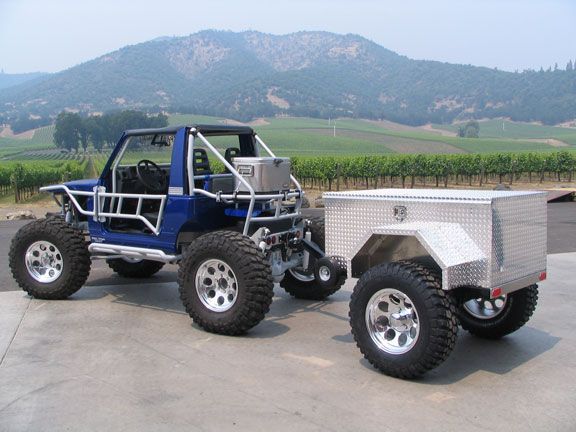 A title is issued upon purchase of a new trailer; when the owner changes, changes are made to it.
A title is issued upon purchase of a new trailer; when the owner changes, changes are made to it.
Registration certificate is the main document for the trailer, which confirms its registration with the traffic police. It contains the owner's data and license plate number. The state duty for issuing a registration certificate is 500 RUR, when applying through the public services portal - 350 RUR.
A license plate for a trailer is issued together with a certificate of registration with the traffic police. If the trailer does not belong to the driver and traffic cameras record a violation according to the trailer's license plate number, then the fine will go to its owner, not the driver. State duty for the issuance of registration plates - 1500 RUR, when issued through public services - 1050 RUR.
/guide/auto-registration/
How to register a car with the traffic police
Driving license for trailer transportation.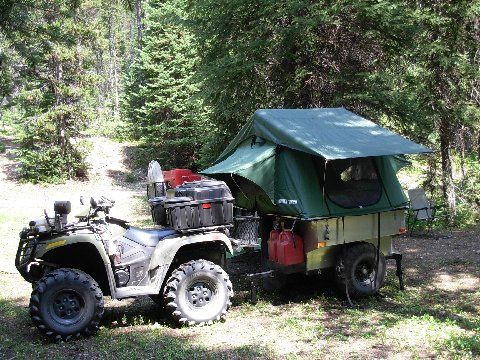 For trailers with a maximum authorized weight of up to 750 kilograms, special rights are not needed, category B will do. If the trailer's load capacity is more than 750 kilograms, category BE rights are required for transportation. Such trailers when loaded may exceed the mass of the car itself: for example, a caravan trailer.
For trailers with a maximum authorized weight of up to 750 kilograms, special rights are not needed, category B will do. If the trailer's load capacity is more than 750 kilograms, category BE rights are required for transportation. Such trailers when loaded may exceed the mass of the car itself: for example, a caravan trailer.
OSAGO insurance. A separate trailer insurance policy is not required. A mark in the current one is required that the car is used with a trailer. If you took out a policy before buying a trailer, you need to inform the insurance company about making changes to the policy, it's free. If the policy is electronic, then after making changes, a policy with a new number and mark will be sent to the email.
So what? 04/12/22
5 important changes in the OSAGO rules from October 1, 2022
Inspection. If the trailer belongs to an individual and its mass does not exceed 3.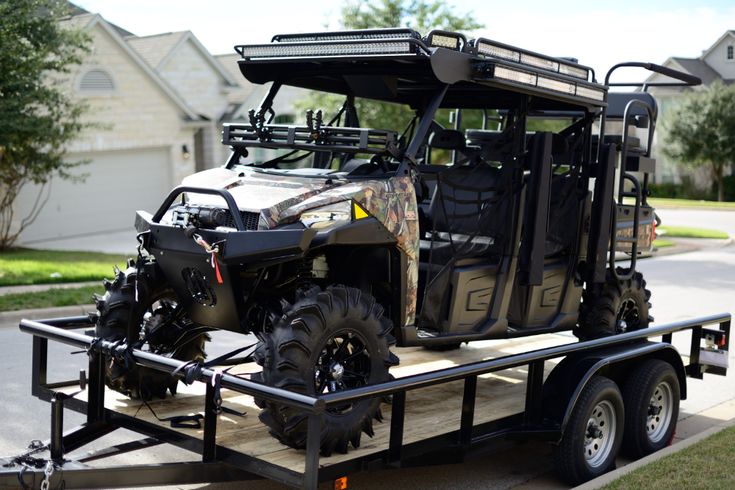 5 tons, then it is not necessary to pass a technical inspection and receive a diagnostic card.
5 tons, then it is not necessary to pass a technical inspection and receive a diagnostic card.
If the trailer has been idle for a long time or there have been temperature fluctuations, it is important to check the tire pressure before docking it. The recommended pressure is written in the trailer operating manual. Usually it is 2-2.2 atmospheres. The maximum pressure is indicated directly on the tire.
Before the first coupling of the towbar and the trailer, the ball must be lubricated with grease, lithol or similar grease. So that later the ball does not stain clothes and dust and dirt do not settle on the lubricant, it is covered with a special cap.
To dock a car and a trailer, you need to bring the cup of the trailer hitch so that it is located above the tow ball. If the trailer is equipped with a support wheel, then by turning the handle, you can lower the cup onto the ball and fix the connection. The undocking must be done on level ground so that the trailer does not move forward and damage the rear bumper of the car.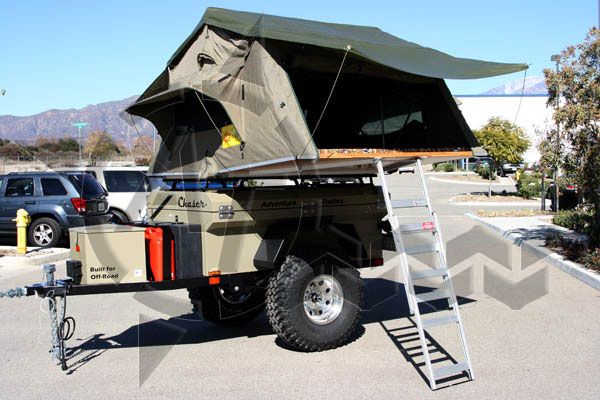
If somehow the cup comes off the ball, the trailer will hold the safety chain, which is additionally attached to the hitch. For this, there are holes for the bolt and nut, on which the chain is fixed. If it is not there, it is forbidden to drive with a trailer.
An electric plug is located on the hitch, which is connected to the towbar socket. Thanks to this, the turn signals, brake lights and parking lights of the car are duplicated on the signal lights of the trailer. Without these duplicate signals, driving with a trailer is also prohibited. Over time, electrical contacts oxidize, so it is useful to check if all the signals on the trailer are working.
What not to do with car headlights and lamps: 7 mistakes of drivers
Trailer hitch: cup, retainer, electric plug and support wheel for easy docking Bumper damaged when uncoupling a loaded trailer, which was standing at an angle Load distribution. In order for the trailer to be stable in turns, not to jump on the road and not provoke a skid, it is important to properly load it.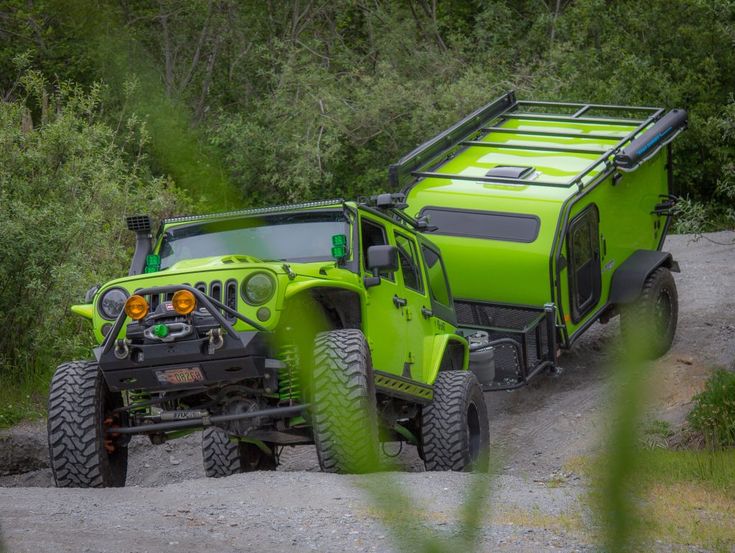 The center of gravity of the trailer must be above the axle of the wheels. This means that you cannot move the load to the beginning or end of the trailer. It must be evenly distributed over the entire surface, and if the load is single, placed above the axle. The optimal weight distribution is 60% for the front and 40% for the rear.
The center of gravity of the trailer must be above the axle of the wheels. This means that you cannot move the load to the beginning or end of the trailer. It must be evenly distributed over the entire surface, and if the load is single, placed above the axle. The optimal weight distribution is 60% for the front and 40% for the rear.
The trailer's operating manual or information plate indicates the permissible load. The tow ball usually accounts for 10% of the trailer's load capacity, that is, 30-90 kg. There are scales on the support wheels of some trailers, but in practice you have to check the load yourself. To do this, you need to try to raise the drawbar of the uncoupled loaded trailer with your hands and roughly estimate the load.
If a grown man is unable to raise the drawbar, the front of the trailer is overloaded. In this case, the load on the towbar ball and the rear axle of the car increases. A trailer overloaded at the front will tend to lift the front axle of the car, which can cause it to lose traction in an emergency.
If the center of gravity is shifted to the rear, the trailer raises the rear of the vehicle, which can lead to a skid. At the same time, the trailer rocks the car up and down and can even fall off the towbar ball.
Handling. A car with a trailer becomes less manoeuvrable. The hardest thing to get used to is how the trailer behaves when driving backwards. Usually, the rear of the car, when the steering wheel is turned to the right, goes to the left, but with a trailer, the opposite is true. You need to turn the steering wheel in the direction where you want to direct the trailer. If you turn the steering wheel too far and continue driving, the trailer may fold and damage the rear bumper.
/guide/wheel-drive/
Which drive to choose: RWD, FWD, 4WD or AWD
When overtaking and changing lanes, a car with a trailer needs more space. You must always remember this so as not to "cut off" other vehicles. When turning with a trailer, you should not cut corners, but vice versa - take a turning radius larger than usual by about a meter. The trailer turns in a radius smaller than the wheels of the car. This is especially true at gas stations, when the driver drives close to the column.
The trailer turns in a radius smaller than the wheels of the car. This is especially true at gas stations, when the driver drives close to the column.
When accelerating, a trailer with a high tarpaulin or tailgate of an open trailer creates windage, so the vehicle accelerates more slowly. This is important to take into account when overtaking. A loaded trailer, when braking by inertia, pushes the car forward, so you have to brake more intensively and keep a distance twice as long as usual.
With a trailer, do not accelerate and brake abruptly. Movements should be as smooth as possible - as when towing another car. When turning, you do not need to brake, as this can fold the trailer or tip it over. You should slow down before turning, and after passing the middle, add a little gas. If the trailer sways, the driver will most likely want to slow down, but this is not worth doing: things can get worse and the trailer will collapse. Therefore, you need to accelerate to level the trailer.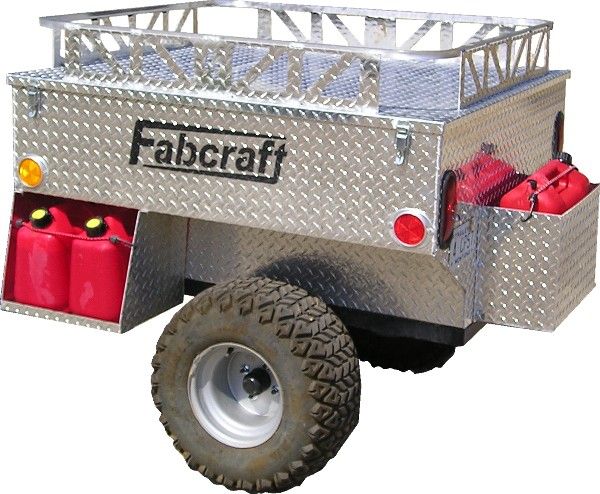 Of course, if traffic conditions permit.
Of course, if traffic conditions permit.
/guide/buksir/
How to tow a car correctly
Parking with a trailer is also inconvenient. Ordinary parking pockets are not intended for trailers - you need to look for special places for long vehicles or leave a car with a trailer on the side of the road.
Spending. Fuel consumption when driving with a trailer depends on many factors: the shape of the trailer, the presence of a tarpaulin, wind speed and direction, driving style and terrain. Even the dimensions of the tractor matter. For example, if an SUV pulls a trailer that does not exceed its height, then the aerodynamic drag will be less.
Fuel consumption when driving with a trailer increases from 10 to 50%. For example, if the consumption on the highway without a trailer is 8 liters per 100 kilometers, then with it it will be 10 liters per 100 kilometers - 25% more.
/guide/fuel-economy/
How to save on gasoline
If a car with a trailer over 2 meters drives on toll roads, the fare for it increases to the second class - "medium-sized transport".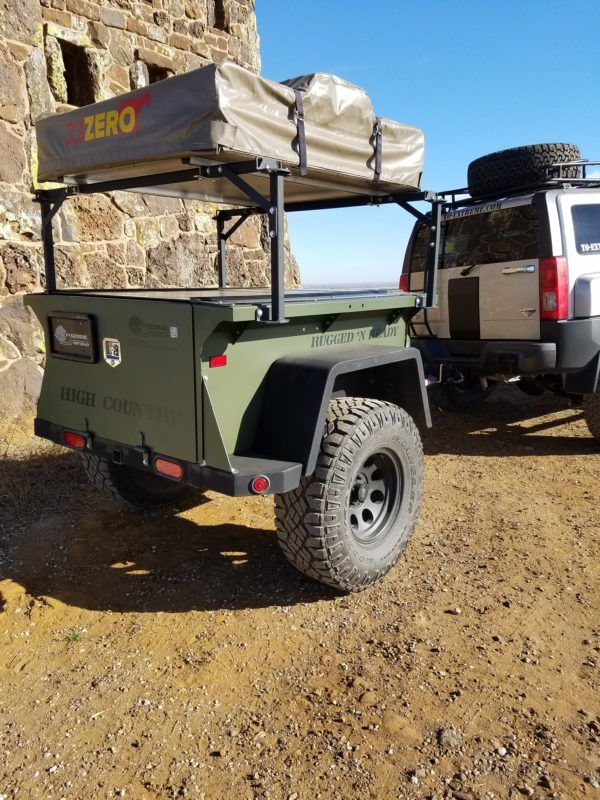 The fare increases by about 40%.
The fare increases by about 40%.
The speed of a car with a trailer outside built-up areas must be lower by 20 km/h. On highways, the maximum speed is 90 km/h, on country roads — 70 km/h. In populated areas, the speed may be the same as without a trailer.
Marker lights on the trailer must be lit at night, in poor visibility and in the tunnel. If the trailer is hard to see on the road, it can lead to an accident. Penalty for non-working marker lights - 500 R.
Part 1 12.5 of the Code of Administrative Offenses of the Russian Federation
It is forbidden to carry people in the trailer. Even if it is not an ordinary trailer, but a caravan trailer. Passengers must wear seat belts while driving. For violation of this rule, a fine is provided - 1000 R.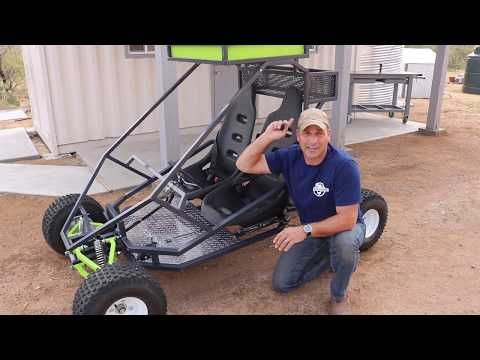
Part 2 Art. 12.23 Administrative Code of the Russian Federation
Penalties for driving with a trailer without documents. If the trailer is not registered with the traffic police and 10 days have passed since its purchase, a fine of 500 to 800 RUR is provided. For a repeated violation, the fine increases to 5000 RUR or you can lose your rights for 1-3 months. If the trailer is registered, but the driver did not have any documents with him, then he will receive a warning or a fine of 500 R. The trailer can also be evacuated to a parking lot.
Art. 12.1 of the Code of Administrative Offenses,
, part 1, art. 12.3 of the Code of Administrative Offenses,
, part 1, art. 27.13 of the Code of Administrative Offenses of the Russian Federation
Sign "traveling with a trailer is prohibited." Those who have little experience in driving a car with a trailer are confused by the sign 3.7 SDA. In fact, it only applies to trucks and tractors - a car with a trailer passing under this sign does not violate anything.